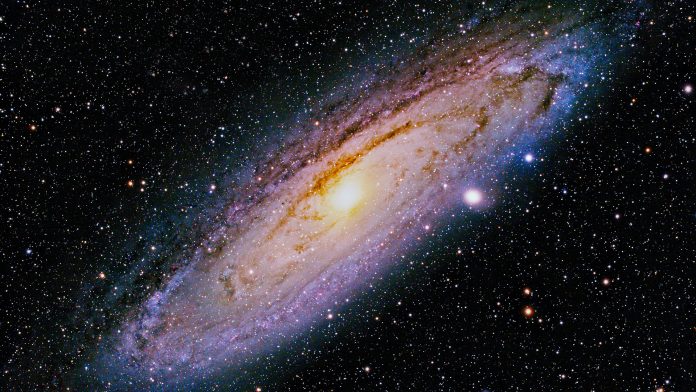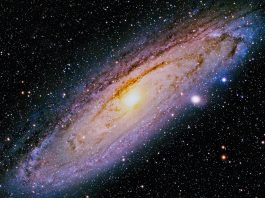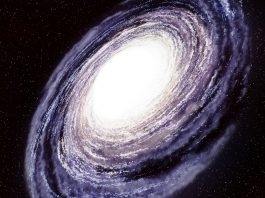Researchers at the University of Alicante are examining Westerlund 1 – a star cluster in the inner regions of the Milky Way – to gain insight into the inner workings of the Universe.
Typically, stars develop in groups or clusters ranging from ten to several thousand stars. While these stars differ in evolutionary phase, they share composition and age. Amongst the clusters in the Milky Way, the Westerlund 1 (Wd 1) cluster stands out in the inner regions of the Milky Way.
The Wd 1 cluster, believed to be the largest cluster in the galaxy, is comparatively young, at an age of approximately 10 million years – to put this into context, the Sun is five billion years old. Westerlund 1 provides an optimal laboratory setting to examine massive stars, yet it is obstructed by a dusty region that makes it hard to study.
Westerlund 1 hosts a wide range of massive stars
Now, a research team has effectively ‘broken through’ the darkness in order to assess the cluster’s distance with high precision, as well as examining the surrounding stellar population.
The Wd 1 cluster’s star population comprises a huge variety of massive stars, including: O-type giants and supergiants to red supergiants, exceptionally luminous B-type hypergiants, several yellow hypergiants, and others. Some of the stars display rare evolutionary phases and distinct interaction pathways in binary systems, meaning this cluster contains the optimal sample to study the evolutionary processes of giant stars.
However, the precise determination of the stars’ masses and ages depends on the parameters developed for the cluster. So far, the unknowns that have emerged are their distance and light extinction due to dust in these regions.
According to Ignacio Negueruela, a Professor of Astronomy and Astrophysics at the University of Alicante, and lead researcher of the study, Westerlund 1 is one of the most fascinating objects in our Galaxy.
As a result of the massive amount of dust along our line of sight, even an advanced telescope, such as Gaia, has difficulty yielding high-quality data. Consequently, complex statistical processing has been needed to give an accurate value for the distance. However, Gaia has supplied significant information, as it has uncovered the true size of the cluster and enabled the researchers to detect previously unknown stars.
Emilio J. Alfaro, who is a researcher at the Andalusia Astrophysics Research Institute (IAA-CSIC) and co-author of the paper, emphasises that the core role of the Gaia data lies in selecting the stars that belong to the cluster and ascertaining their exact distance.
The cluster is around 13,000 light-years from the Sun, suggesting that its mass is closer to a hundred thousand solar masses, meaning it is the largest young star cluster in the Local Group, except for R136 in the Large Magellanic Cloud.
Discovering a large concentration of blue stars
Alongside new spectroscopic observations attained with the Anglo-Australian telescope omega spectrograph (AAOmega), the Gaia-EDR3 data has enabled the researchers’ discovery of a large concentration of blue stars. These blue stars are potentially situated about six and a half thousand light-years from the Sun, highlighting a previously unknown star-forming complex or spiral arm segment.
The discovery of a concentration of blue stars, with an angular motion very close to that of the cluster — yet at a smaller distance — necessitates further detailed study in order to determine its nature and origin. This area of the Galactic plane is incredibly rich in young stars, and the distance of Wd 1 signifies the likely position of one of the inner spiral arms, which is crucial for understanding the complex spiral structure of the Milky Way.
Only globular clusters, which are old concentrations of stars in the galactic halo, have a mass range similar to or greater than that of Westerlund 1. Nonetheless, they are the oldest objects in the Milky Way, with ages greater than 12 billion years. Examining this young stellar swarm may be the key to understanding how the largest clusters form today and why they are so rare.
All the stars in this cluster are larger and more luminous than the Sun. Some are so massive that, hypothetically, if they were situated at the centre of the Solar System, they would almost reach as far as the orbit of Saturn. In fact, one of them is currently a candidate to be the largest star in the known Universe.









